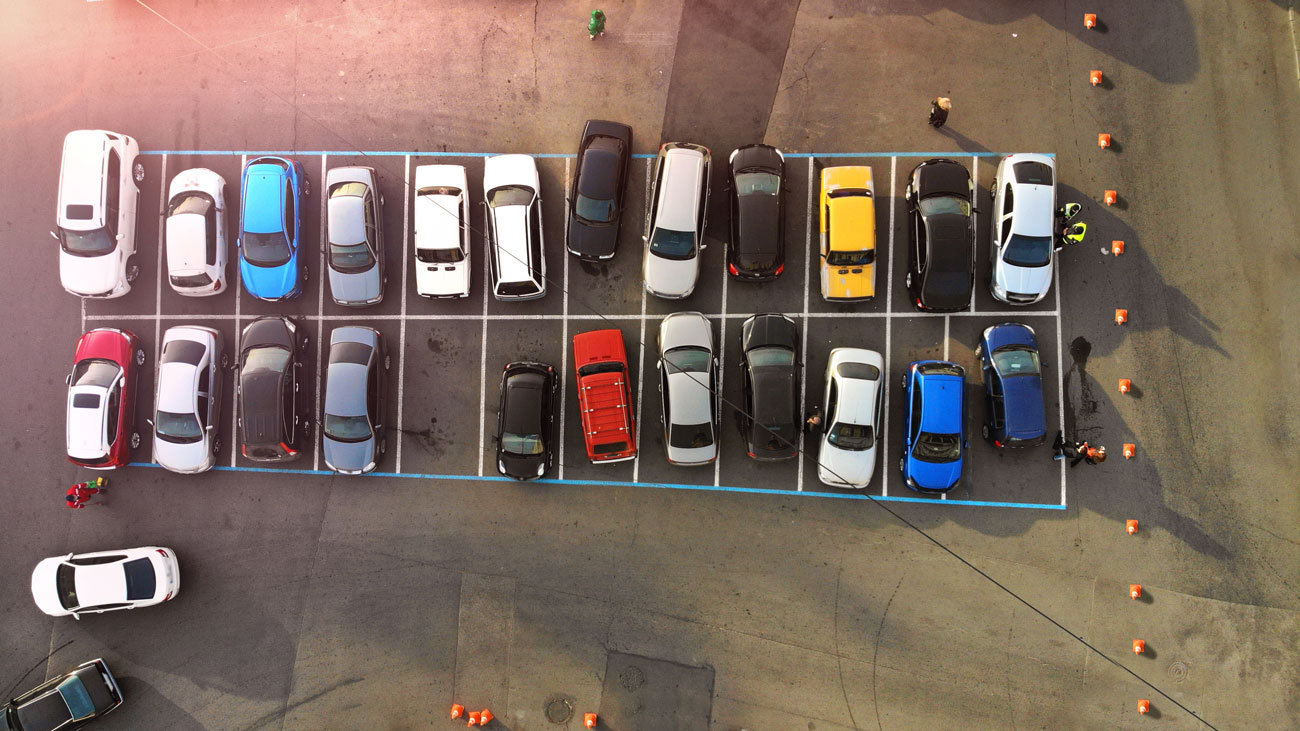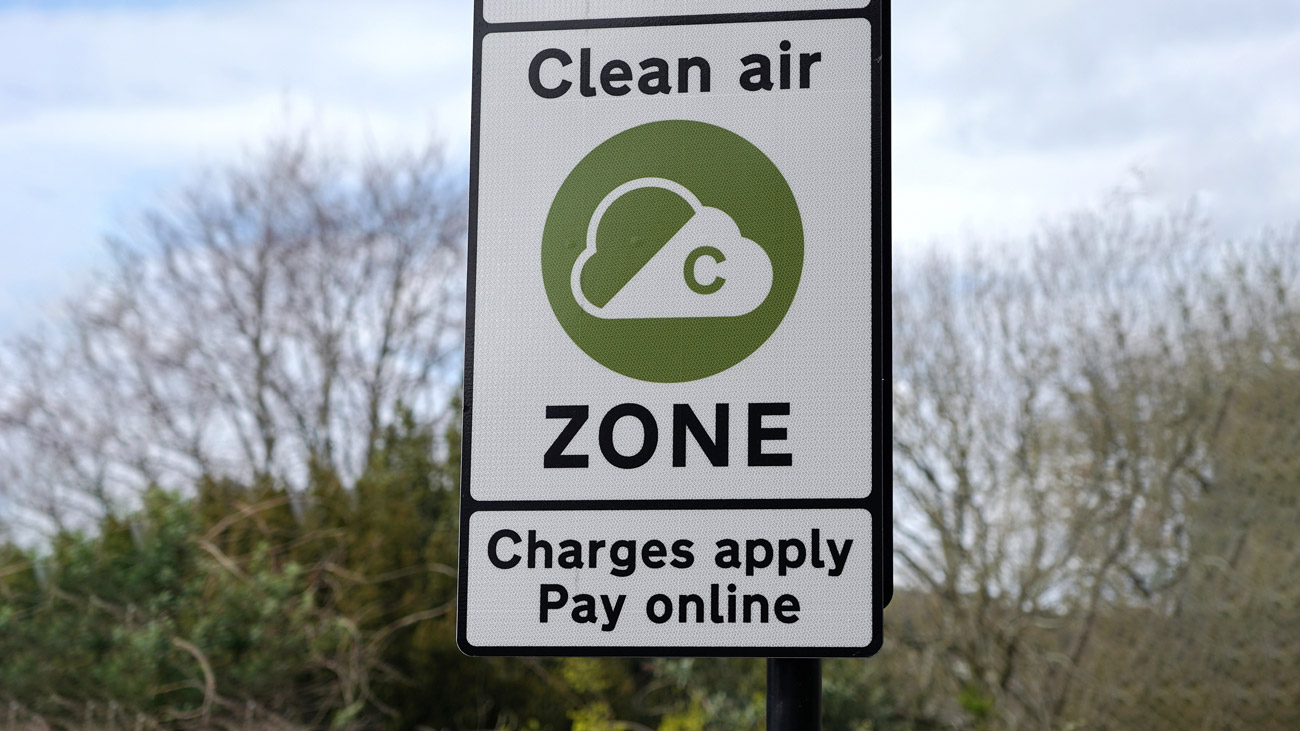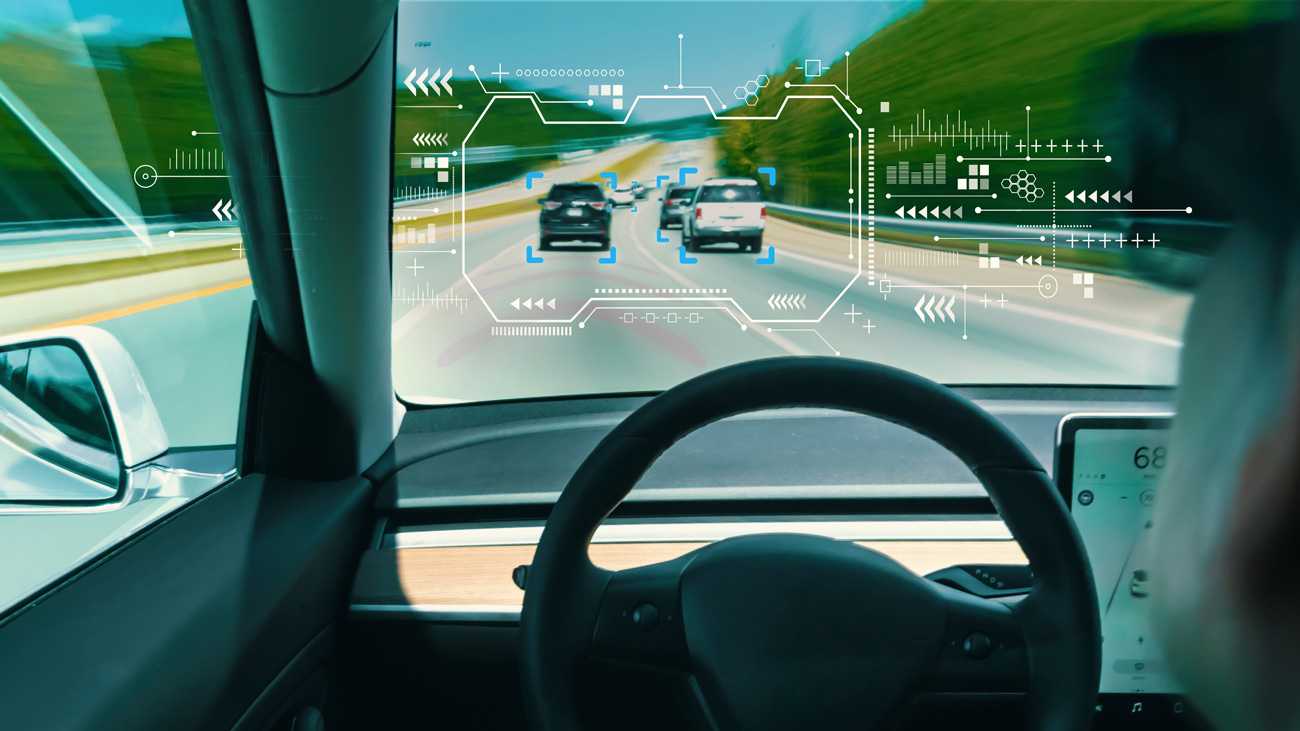
Workplaces offering free charging for electrified vehicles
Almost three in ten (29%) workplaces that already operate or are planning to adopt electrified vehicles (EVs) within the next three years now offer workplace charging for free.
Additionally, a further 18% of those surveyed in the 2021 Arval Mobility Observatory Barometer research plan to install workplace chargers within the next 12 months. However, 44% offer no charging facilities at all.
The research also looked at payment for workplace charger use and while 29% offer charging for free, 14% have chargers in place but make their employees pay for charging. To support charging at home, 14% of employers subsidised the installation of domestic chargers while their drivers footed the bill in 13% of cases.
Shaun Sadlier, Head of Arval Mobility Observatory in the UK, said:
“Ensuring that drivers have charging facilities available at home and at work is a strategic building block in the ongoing adoption of EVs more broadly. This research provides a fascinating snapshot of the current state of play – it’s pleasing to see that nearly three in ten fleets offer free workplace charging.
“What we can see is that the level of corporates offering both charging at the workplace and support for home charging is some way behind the adoption of EVs themselves. However, the research shows that the picture is potentially changing quite rapidly, with almost one in five employers aiming to install charging in the next year.
“Different attitudes to making drivers pay for charging are also noteworthy. There is an almost equal split in terms of both the cost of accessing workplace charging and of subsidising having a charger installed at home. It will be interesting to see how this situation develops over the coming years as the number of EVs being used rapidly increases.”
Sadlier also pointed out that, broadly speaking, most larger companies now offer workplace charging, whether for free or charged to the driver, but those with fewer than ten employees are not as advanced as their larger counterparts. He said:
“Our view is that, to some extent, it is inevitable that larger businesses tend to have better resources to enable infrastructure change, but it would be wrong to imply that smaller businesses are being left behind. They are also taking charging seriously but just not moving ahead at the same kind of speed.”
These research findings come from the 2021 edition of the Arval Mobility Observatory Barometer, research which covers a wide ranging set of questions about fleet and mobility trends. It can be downloaded from arval.co.uk/amo-insight.







